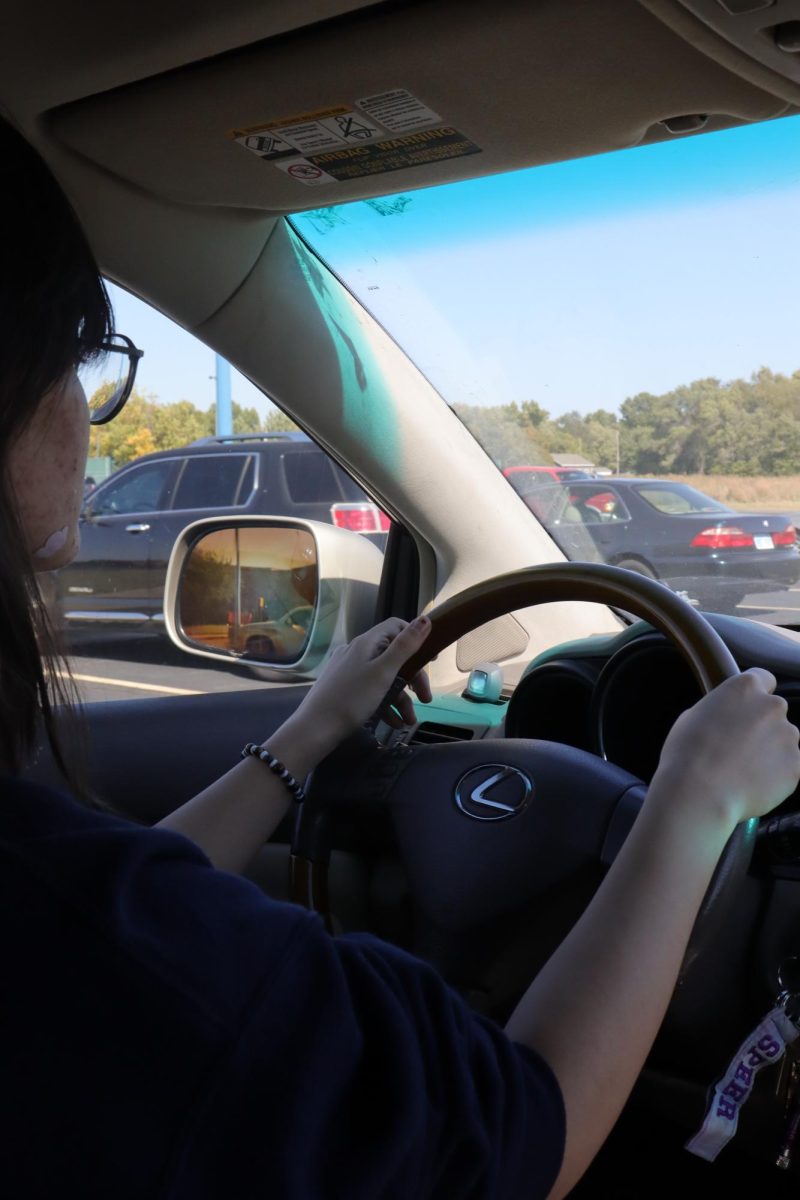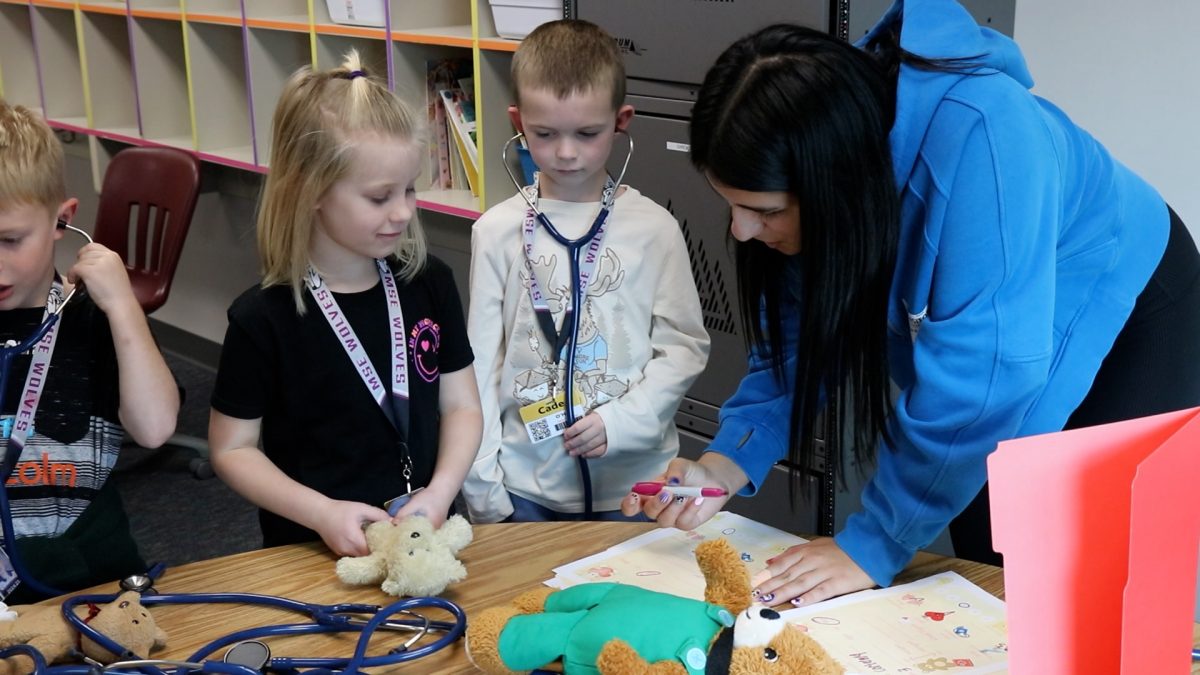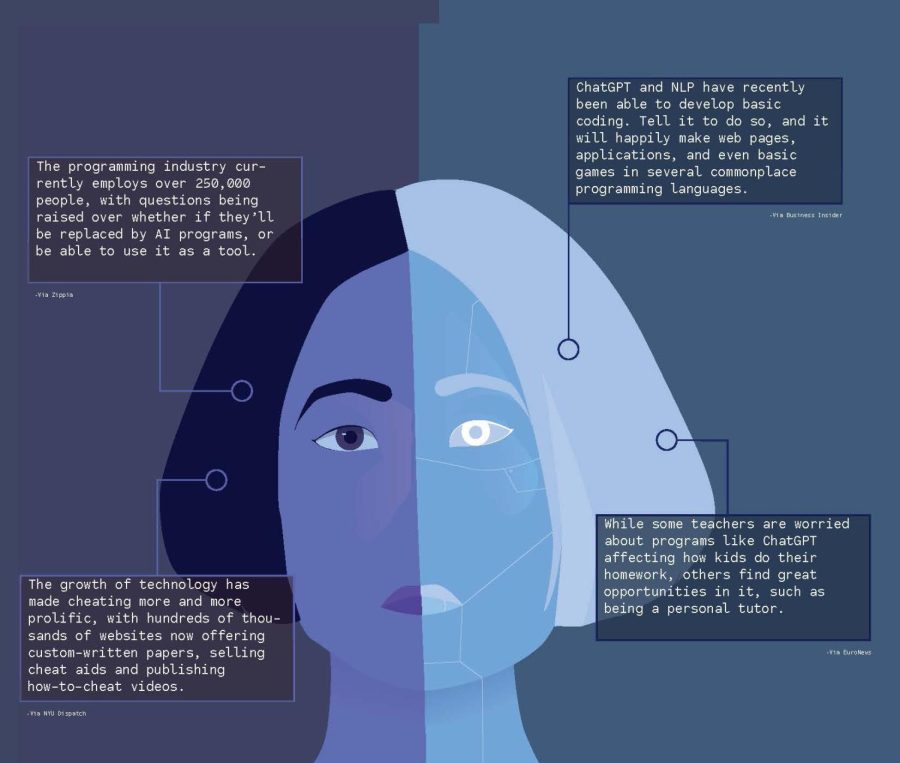Ah, the car: an American icon. From the biggest Ford F-150 to the humble-est Honda Civic, cars of all kinds have been a notable staple of American culture and daily life for the better part of the 20th century onwards.
For as long as these cars have existed, they’ve represented freedom, giving people the ability to be entirely in control of their destinations. Teenagers were understandably drawn to this promise of freedom: getting one’s license became a right of passage and a symbol of independence.
Despite the age group historically chomping at the bit to get behind the wheel, the Federal Highway Administration says that just 40% of American teenagers are driving as of 2021, compared to 65% in 1995. Experts have attributed this decrease to a lack of vehicle access, inflation of gas and insurance prices, and even partly due to a generation-wide desire for more accessible public transportation and pedestrian-friendly infrastructure, according to the Brookings Institute.
Is this truly a nationwide phenomenon? How do these figures hold up in, say, a smaller rural town such as Maize, Kansas, where alternative transportation options are objectively less accessible than in larger metropolitan areas?
Survey results from 155 high school students in the district show that approximately 80% of the respondents actively drive. When taking into consideration only students with licenses, that number jumps up to almost 91%. Only about 73% of those students said they enjoy or look forward to driving.
Granted, these numbers are still significantly higher than the reported national averages, but it still begs the question: why doesn’t every student eligible for their license get it?
For Maize High Senior Rachel Brown, it’s come down to a lack of both interest and convenience.
“I just haven’t even thought about the fact that I need to start driving because I need to get out into the real world,” Brown said.
Since her family’s move to the East side of Wichita, her mom’s job at Maize Central Elementary allowed her to stay in the district. After all, they’d both be going to the area near the same times anyway, so transportation wouldn’t be an issue. However, that’s also contributed to her hesitance to get her license.
“My parents would not like me driving all the way over [to Maize] anyway,” Brown said.
Survey reports determined that parental interference was a common main factor in students’ driving decisions, as about 10% of the students who were eligible to drive but don’t reported that it had something to do with their parents— often along the lines of their parents being worried for their safety when driving or lacking the proper time to teach their kids how.
In addition to parental influence, 38% of Maize students that don’t drive cited the costs associated with driving as another factor in their choice.. Cars themselves, gas, and car insurance are at an all-time high price right now. According to Capital One, The average yearly cost of owning a car is going up to $10,728 in 2022 as compared to the $9,666 for the previous year. This increase has been attributed to a variety of reasons including supply chain restrictions and inflated pricing.
Morgan Nicholson, another MHS Senior, described her driving expenses.
“It’s half— if not over half— of my total monthly income to just pay for my monthly [car] payment and gas every week and a half or so,” Nicholson said. “I also have to save for college, so it really just eats it all up. . . I am on a longer loan, so I’ll be paying for it until my sophomore year of college at least. I’m gonna have to definitely work 35 hours a week.”









